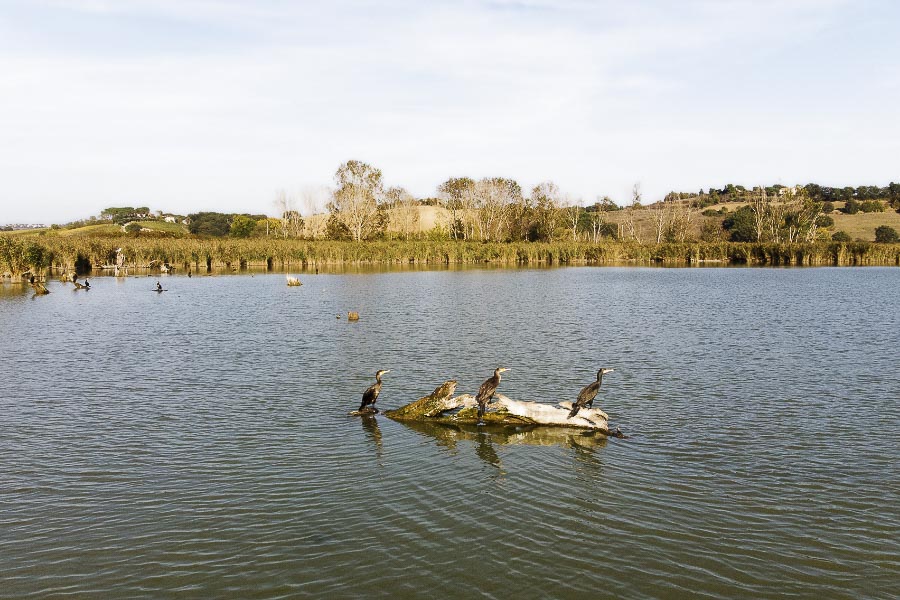The Lake Environments

Biodiversity
Why do Nature Reserves exist? To answer this question, we must first talk about something that might seem trivial: biodiversity. The term biodiversity is used to indicate the variety of life forms that populate the Earth, from microscopic bacteria to animals and plants. This variety can be measured on three different scales: at species level, but also at individual and ecosystem level. Within each species, each individual differs slightly from the others. This diversity represents a sort of insurance for survival, because when environmental conditions vary slightly, at least some individuals will succeed in adapting to the new situation. There are also numerous, well-differentiated habitats within any geographical area, just like the species that inhabit them: this variety too is essential for the maintenance of life.
Biological diversity is crucial to the workings of the Earth’s ecosystem because it ensures a whole range of services that are essential for living beings, including man: it provides food, water and raw materials of various kinds, contributes to maintaining climate balance and to the prevention of hydrogeological risk, producing oxygen and recycling waste and nutrients, and it also acts as a barrier against the spread of diseases.
As far as human survival is concerned, the maintenance of biodiversity is essential not only as far as food is concerned, but also from a medical point of view: many of the active ingredients used in medicine come from living beings, particularly plants.
And of course, we must not underestimate the value of biodiversity in terms of aesthetics, culture, tourism and recreation: its preservation makes it possible to satisfy the growing need for natural spaces and fuels activities such as eco-friendly tourism, hiking and environmental education.
As every living being in nature is closely linked to all the other living and non-living components of the ecosystem in which it lives, the loss of any piece in this intricate puzzle can lead to a series of imbalances, reducing the functionality of the ecosystem, which may become apparent in the medium or long term. Ecological damage can be accompanied by economic and/or cultural damage: for example, only a small part of the plant species that are potentially useful in medicine or food are currently used, and the risk is that some species may become extinct even before they have been researched or used.
One of the main instruments for maintaining a high level of biodiversity is to destine areas of particular natural prestige and great specific richness to the creation of reserves, parks or oases, in order to guarantee their long-term conservation, while enhancing their use and all the associated sustainable activities. And this is precisely the case of the Lake Montepulciano Nature Reserve.
